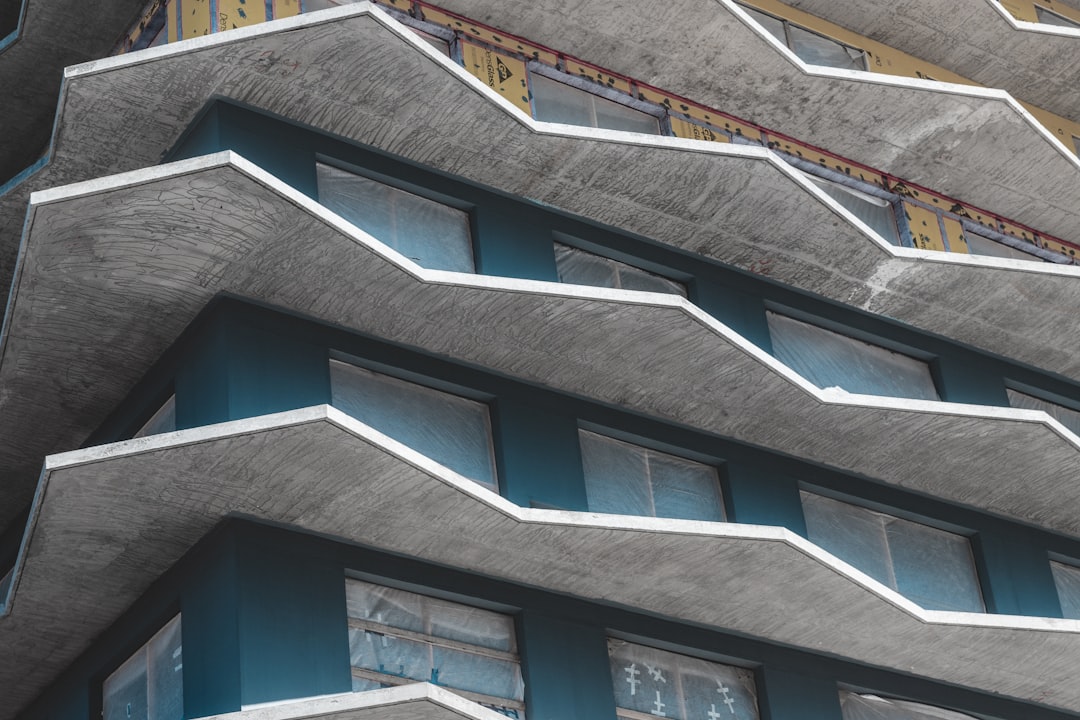The Real Cost of Artificial Turf for Residential Projects
In 2025, the cost of installing artificial turf in residential settings ranges from $8 to $20+ per square foot, depending on the quality and complexity of the project. Understanding these costs is crucial for construction professionals aiming to provide accurate estimates and manage client expectations effectively.
Key Factors Influencing Artificial Turf Costs
Material Quality and Pile Height
- Entry-level turf (20–30 oz face weight) is cost-effective but may wear out faster.
- Mid-grade turf (40–60 oz) offers a balance of durability and price, making it a popular choice.
- Premium turf (70 oz+) provides superior aesthetics and longevity, adding 35% or more to material costs.
Site Preparation Complexity
Proper site preparation, including excavation, grading, and drainage, can account for 30–40% of total costs. Challenges such as sloped yards or existing concrete can increase expenses.
Access and Logistics
- Narrow access points may require more manual labor.
- Urban settings might incur additional permit and delivery fees.
- Rural locations could face higher freight charges due to distance from suppliers.
Project Size and Shape
Artificial turf comes in fixed roll widths, typically 15 ft. Irregular shapes can lead to material waste, impacting overall costs.
Typical Price Ranges in 2025
Based on industry data, the following are average costs for artificial turf installation:
- Economy: $8–$11 per sq ft installed
- Standard: $11–$15 per sq ft installed
- Premium: $15–$20+ per sq ft installed
These prices include removal of existing turf, base preparation, and installation materials. Specialty infills can add $1–$3 per sq ft.
Hidden Costs to Consider
- Irrigation adjustments: $250–$600 for rerouting sprinkler lines.
- Edging: Steel or masonry borders cost $8–$15 per linear foot.
- Lighting: Low-voltage fixtures require additional trenching and conduit work.
Being aware of these potential costs helps in providing comprehensive estimates to clients.
Why Choose Professional Installation for Artificial Turf
Professional installation ensures quality and longevity for artificial turf projects. Key benefits include:
- Expert site assessment and preparation
- Precision in cutting and seaming for minimal waste
- Access to high-quality materials and tools
- Compliance with local regulations and standards
- Comprehensive warranties and support
For construction professionals, partnering with experienced installers can enhance project outcomes and client satisfaction.

